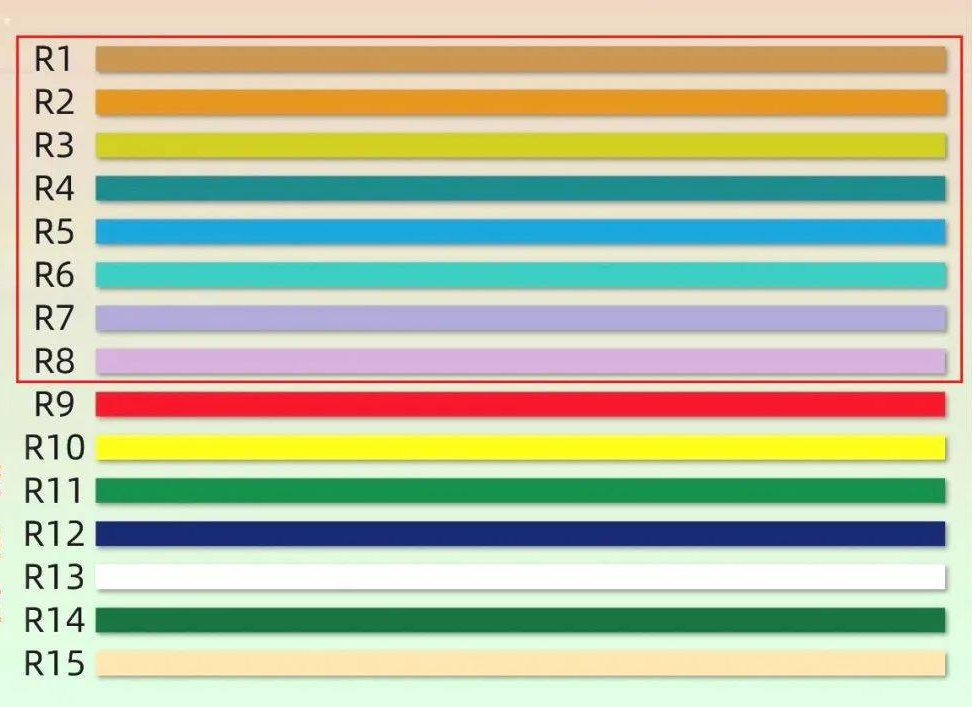UGR stands for unified glare index. It’s a numerical way of defining how bright a luminaire appears in-situ and it goes back to the earliest editions of lighting codes for interior lighting – office lighting, in particular.
In the early days of desk-top computers, there was a serious problem caused by the reflections of light fittings in highly-reflective screens. This is the best-known image and was included in all editions of the lighting codes:
Of course, it didn’t take long for the screen manufacturers to make the whole issue redundant by shifting to low-reflective screens. And that, we thought, was that.
Lighting standards for offices ran to several dozen pages everyone, from specifier to manufacturer to supplier to installer, boiled all that advice and wisdom down to a single abbreviation, and Cat 2 fluorescent luminaire was born.
Effectively, it meant that office lighting should be provided by luminaires with a 65deg angle cut-off. The crass use of Cat 2 as the defining feature of interior lighting so annoyed the Society of Light and Lighting (SLL) that the ‘Category’ system was abandoned in 2002 as a direct consequence of this misuse.

The ugly heavily louvred Cat 2 luminaire design was brought in to deal with reflections on computer screens.
Effectively, it meant that office lighting should be provided by luminaires with a 65deg angle cut-off. The crass use of Cat 2 as the defining feature of interior lighting so annoyed the Society of Light and Lighting (SLL) that the ‘Category’ system was abandoned in 2002 as a direct consequence of this misuse.
Let’s write that date again . . . 2002. We’ve since had two lighting codes for office environments, Lighting Guide 3 and more recently Light Guide 7.

Compliance with those codes requires a full analysis of illuminances, reflectivity, task geometries, so as to arrive at any kind of meaningful specification. But despite the changes in design requirements and a lot of SLL foot-stamping, suppliers and installers still looked for a convenient shorthand. And finally, Cat 2 can be forgotten because we have a new one to play with: welcome UGR19.
Let’s be clear from the outset. Nothing has changed here; we’re still in a world defined by Sun headline writers. There is no such thing as a ‘UGR19-compliant’ luminaire. There are luminaires that function in such a way that they support a UGR-compliant scheme but compliance can only be proven once the ergonomic metrics of how the luminaires relate to occupancy in a real space have been established. If a manufacturer claims UGR19 compliance straight out of the box, it’s worth asking what work they’ve done to establish such a thing as a published ‘fact’.
The figure for unified Glare Index is calculated from this equation:
UGR = log [0.25/Lb Ʃ(L2ω/p2)]
L represents the luminance value of the luminaire
Lb is the value of the background luminance
Ω is the solid angle of the luminaire as seen by the viewer.
p is The Guth Index. This is a factor based on the likelihood of glare, known as Visual Comfort Probability.
The Sigma sign (Ʃ) means that the equation includes ALL fittings within a space.

You can see from the values required in the equation that a UGR calculation can only be accurate when applied to a physical space. It cannot be measured in a test room.

LED light panels installed in a much more modern looking office.
So why UGR19 now?
Post-Cat 2 it seemed that there was an opportunity to deliver interior lighting in a softer, more gentle way. Illuminance levels were falling, courtesy of the presence of computer screens on every desk, and it felt that high tech. lighting solutions for offices were redundant.

But what is actually happening is that illuminance levels are rising. LED panels are available with a 4000lm output and all of that light is delivered at the diffusing surface of the luminaire, not deep in the bowels of a reflector/louver system. 100 percent direct illuminance installations are back with a vengeance, using much brighter fixtures and creating a darker background illuminance. Yes, glare is back.
This time around it’s not the problem of bright panels creating disabling reflections in a screen. This is a problem of over-bright fixtures delivering an excess of light directly to the eye, so expect reports of more headaches, migraines, eyesight problems, and staff absenteeism – or a lot of baseball caps. And all because we can’t be bothered to do the job properly, fascinated as we are by big numbers and bright spaces.
 Why do full spectrum LED lights have high color rendering index?
Why do full spectrum LED lights have high color rendering index?